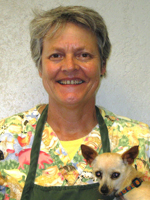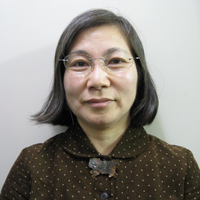“Even if the sky collapses, and the ground cracks open, I won’t be afraid….I’ll do anything for you…” Just as I listen to this song by Yoko Kishi, I am tapping on my keyboard, Earthquake, thunder, wind and rain, epidemic, fire…there are many kinds of disaster and most of them come suddenly. One may come tomorrow, or in a thousand years, but certainly, one of them will come one day. ‘Wisdom’ is about being prepared for disasters and training for them to protect lives. An excellent leader has such wisdom and can thereby minimize the damage to his / her group when a disaster hits them. This theory can be applied at all levels - to homes, whole villages or towns, and to the entire nation. At this workshop, we will first introduce some typical past case studies from within and outside Japan. They record the sweat and tears of actual animal rescue. Such experiences and tales of endurance can provide some essential tips and insights to us all. After that we will introduce the most up-to-date discoveries relating to ‘Zoonosis’. This is one of our most important issues in relation to preventing disease outbreaks and epidemics. Then we will hear opinions from the audience, and summarize the session with all our thoughts on crisis management during times of emergency. I sincerely hope that the dream held by the Knots organization, which aims to strengthen ties between people and animals, and improve the welfare of both, will expand across the whole world reaching the hearts of as many people as possible. ‘I will do anything for you…’♪
|





